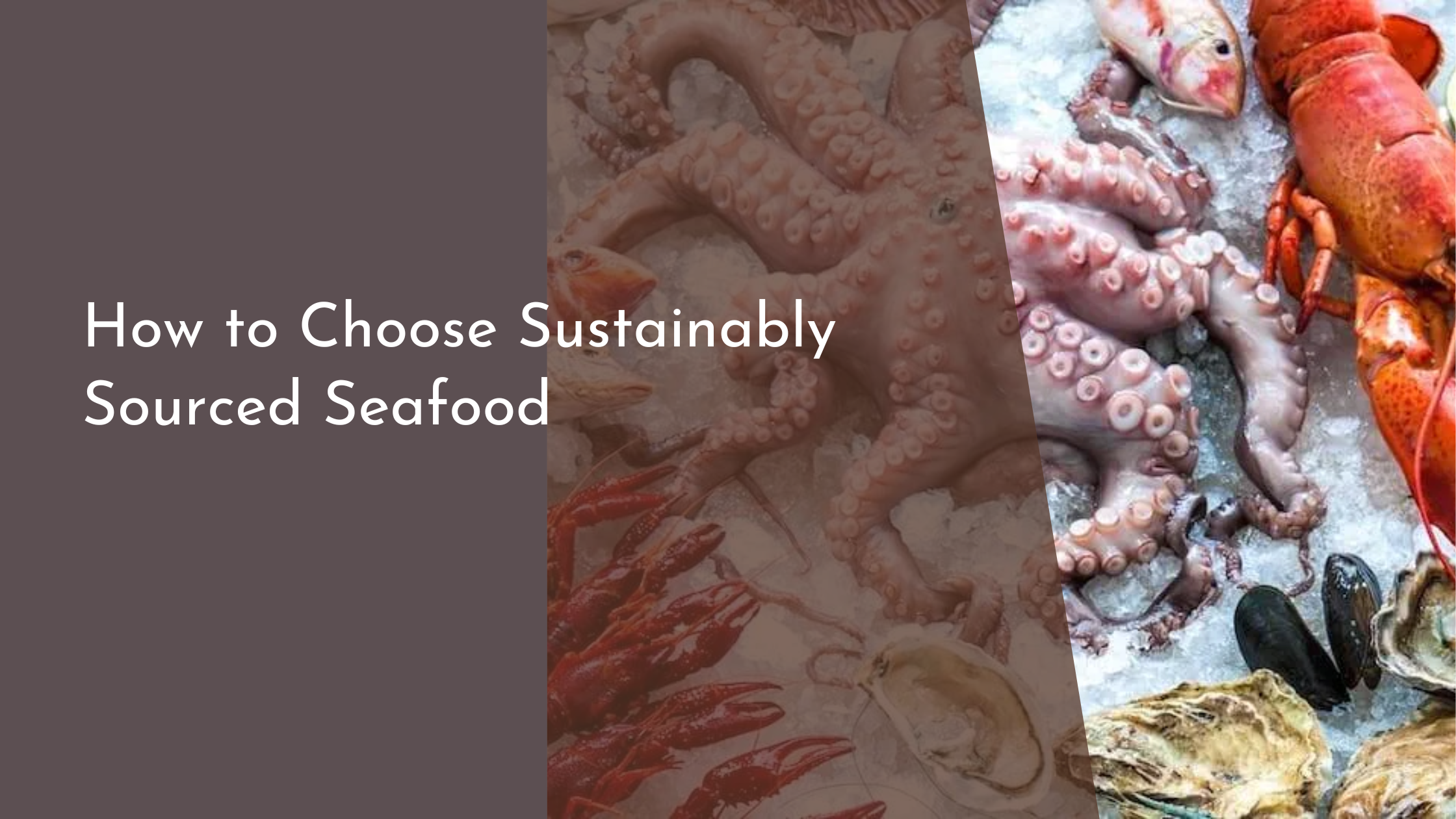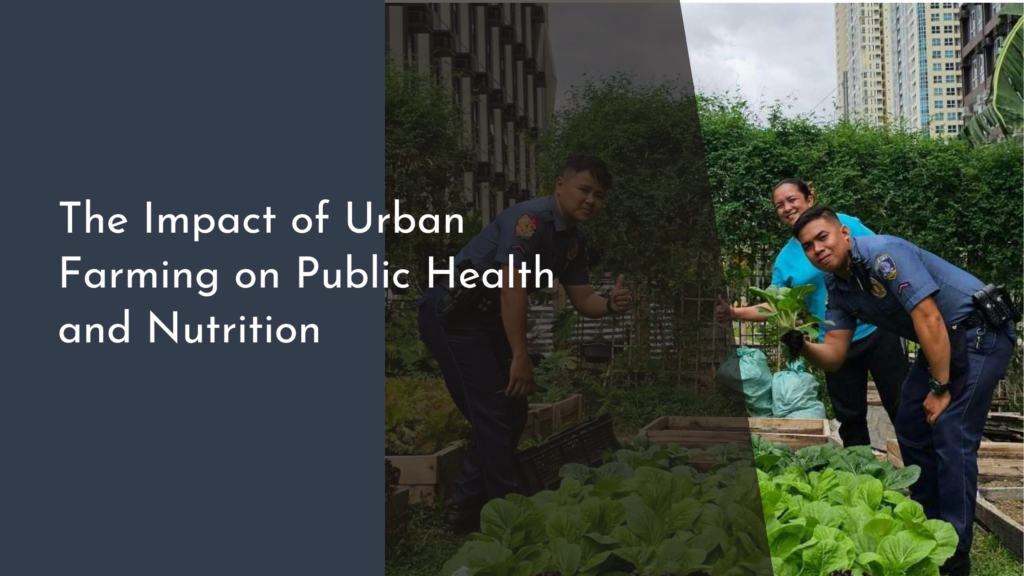How to Choose Sustainably Sourced Seafood
Choosing sustainably sourced seafood isn’t just a trend; it’s a necessary shift in our consumption patterns to help preserve the ocean’s ecosystems. As consumers become more environmentally aware, the demand for sustainable seafood continues to rise. However, navigating the complex waters of seafood sustainability can be daunting. This guide aims to simplify the process by offering practical advice on how to select eco-friendly seafood options. By understanding the basics of sustainability, recognizing trustworthy labels, and using practical tips, you can enjoy delicious seafood with a clear conscience.
Understanding Sustainability in Seafood Choices
Sustainability in seafood revolves around practices that preserve the ocean’s ecosystems while ensuring the long-term availability of seafood resources. Overfishing, habitat destruction, and bycatch are significant threats to marine life. Sustainable seafood practices aim to address these issues by employing methods that avoid overfishing, protect habitats, and reduce bycatch through more selective fishing techniques and gear. Understanding these principles helps consumers make informed choices that contribute to the health of our oceans.
Another aspect of sustainability is supporting fisheries and aquaculture operations that are committed to responsible practices. These may include respecting legal limits on catches, following scientific guidelines for stock management, and protecting vulnerable species and habitats. Consumers can further support sustainability by choosing local and seasonal seafood options to reduce the carbon footprint associated with long-distance transportation. In doing so, they help create a market for responsibly sourced seafood and encourage more fisheries to adopt sustainable practices.
Recognizing Sustainable Seafood Labels
When shopping for seafood, look for certifications and labels that indicate sustainable sourcing. The Marine Stewardship Council (MSC) is one of the most recognized certifications, signifying that the seafood has been caught or farmed in a way that meets strict environmental standards. Another label to look for is the Aquaculture Stewardship Council (ASC), focusing on responsibly farmed seafood. These labels provide assurance that the product adheres to specific sustainability criteria.
Additionally, regional certifications and guides, such as the Seafood Watch program by the Monterey Bay Aquarium, can help identify sustainable seafood. These programs often offer apps or printable guides to help consumers choose seafood that is environmentally friendly. By familiarizing yourself with these labels and utilizing available resources, you can make informed choices that support sustainable practices and contribute to the preservation of marine ecosystems.
Tips for Selecting Eco-Friendly Options
Start by researching the seafood you’re interested in to understand its environmental impact. Some species are more sustainable than others due to their abundance, reproductive rates, and fishing methods. For example, opting for farmed shellfish like mussels or oysters, which have minimal environmental impact, could be a more sustainable choice compared to some wild-caught species.
When dining out, don’t hesitate to ask questions about the seafood’s origin and sourcing practices. Many restaurants now embrace transparency and will gladly provide information about their seafood suppliers. By showing interest in sustainable options, you encourage businesses to prioritize environmentally friendly practices. Additionally, consider choosing smaller, less popular fish species that are plentiful and often caught using sustainable methods, such as mackerel or sardines. These choices can reduce pressure on overfished populations.
Conclusion: Enjoy Seafood with a Clear Conscience
Choosing sustainably sourced seafood is a rewarding decision that benefits the environment and supports responsible fisheries. By understanding the principles of sustainability, recognizing trustworthy labels, and following practical tips, you can significantly contribute to preserving marine ecosystems. Every sustainable choice you make sends a message to the seafood industry that consumers value and demand responsible practices.
With a little effort and informed decision-making, you can enjoy seafood dishes without compromising the health of our oceans. Whether you’re cooking at home or dining out, sustainable seafood options are more accessible than ever. Embrace these practices and inspire others to join you on this responsible culinary journey. Together, we can enjoy the bounty of the sea while ensuring its abundance for generations to come.


